Have you ever dug down into soil and found white strands of fungus like material? That is mycelium, and it grows throughout the forests of the world. Plants use this "network" to exchange nutrients and signaling for predators affecting near by plants. It really should be considered the worlds first local area network (LAN)... way before ethernet cables lol... sorry computer joke.
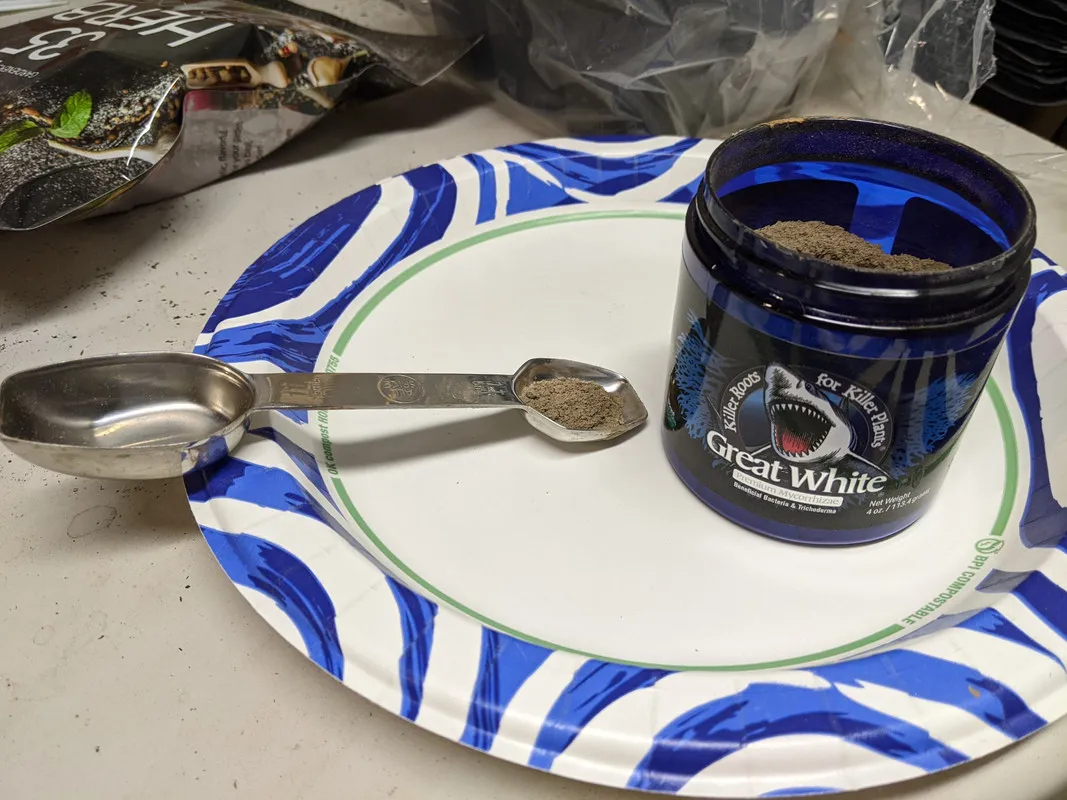
Many kinds of fungus will focus on certain ways of getting nutrients, such wood loving fungi growing on dead wood logs or trees. But there is a certain kind that can greatly benefit live plants.
There is a certain type of mycelium known as mycorrhizal fungus. It requires plants to survive, and the host plant can greatly benefit from the relationship the fungus with the flora. This kind of fungus will grow over the roots of the plants and encapsulate them. Similar to how myelin sheaths are formed over neurons in the brain. This membrane greatly enhances many plant roots.
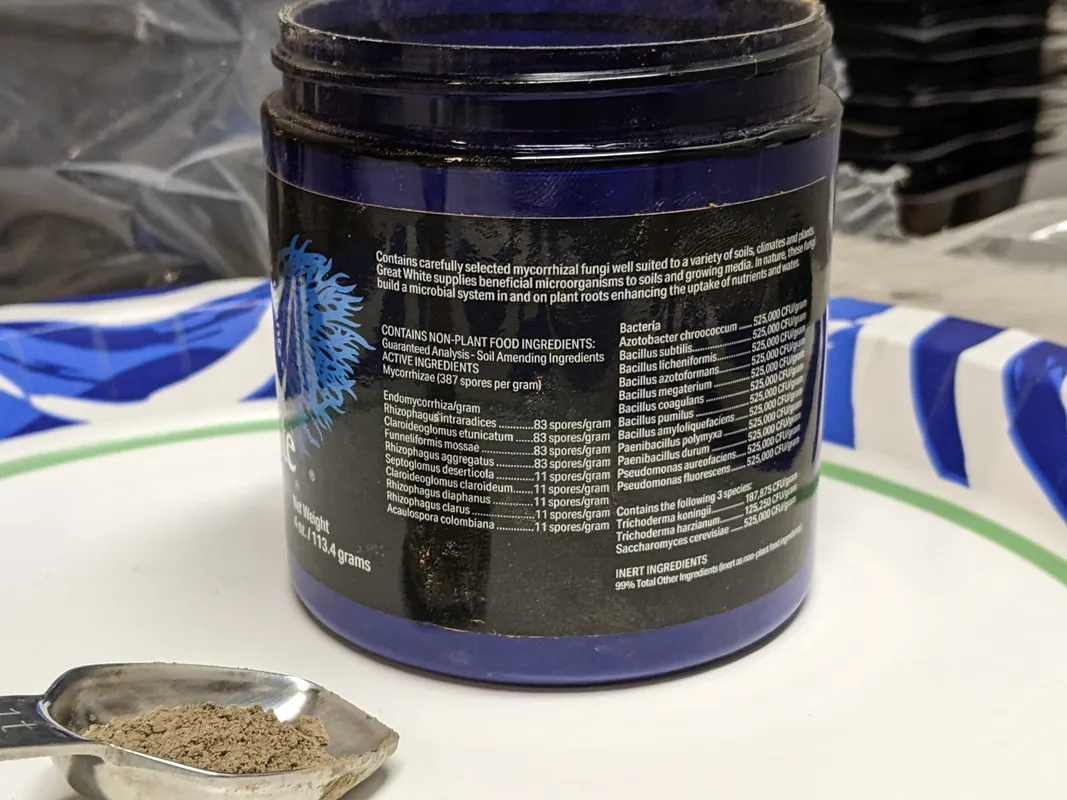
Products sold contain powders of these types of fungus and bacteria. Such as this one called Great White. It has many kinds of the beneficial bacteria and fungus inside. You can see all the strains on the bottle.
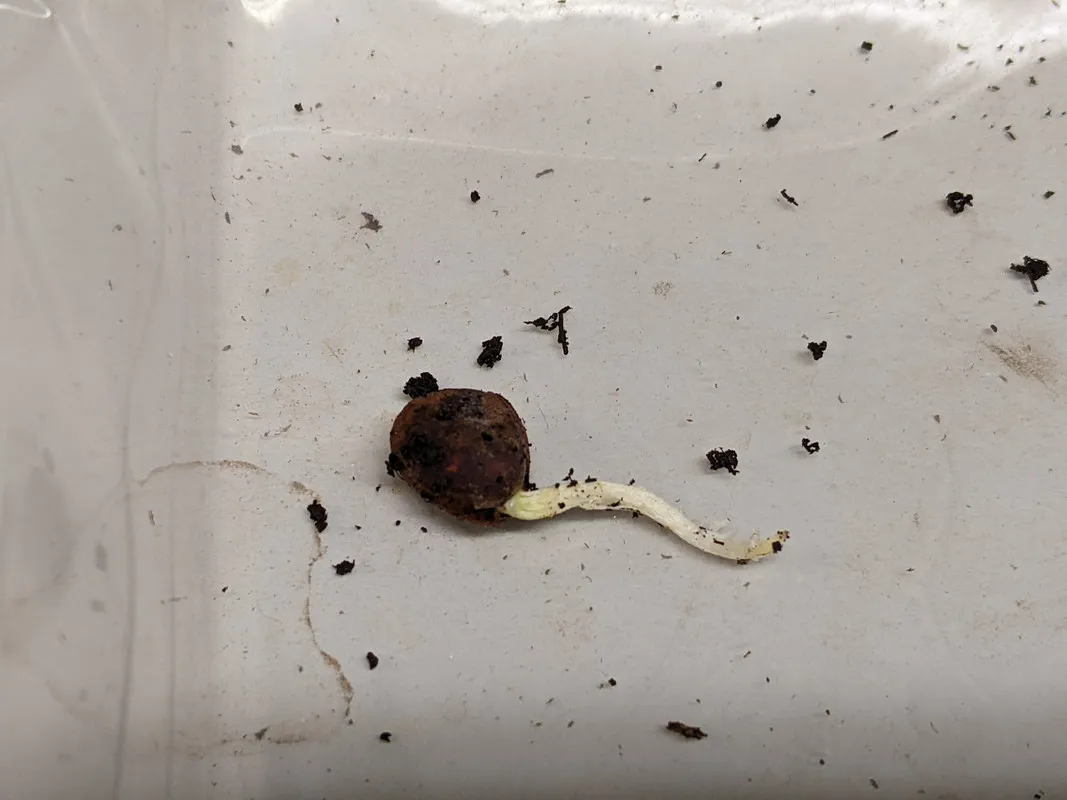
One of my pine seeds sprouted, so it was the perfect time to inoculate it with the powder.
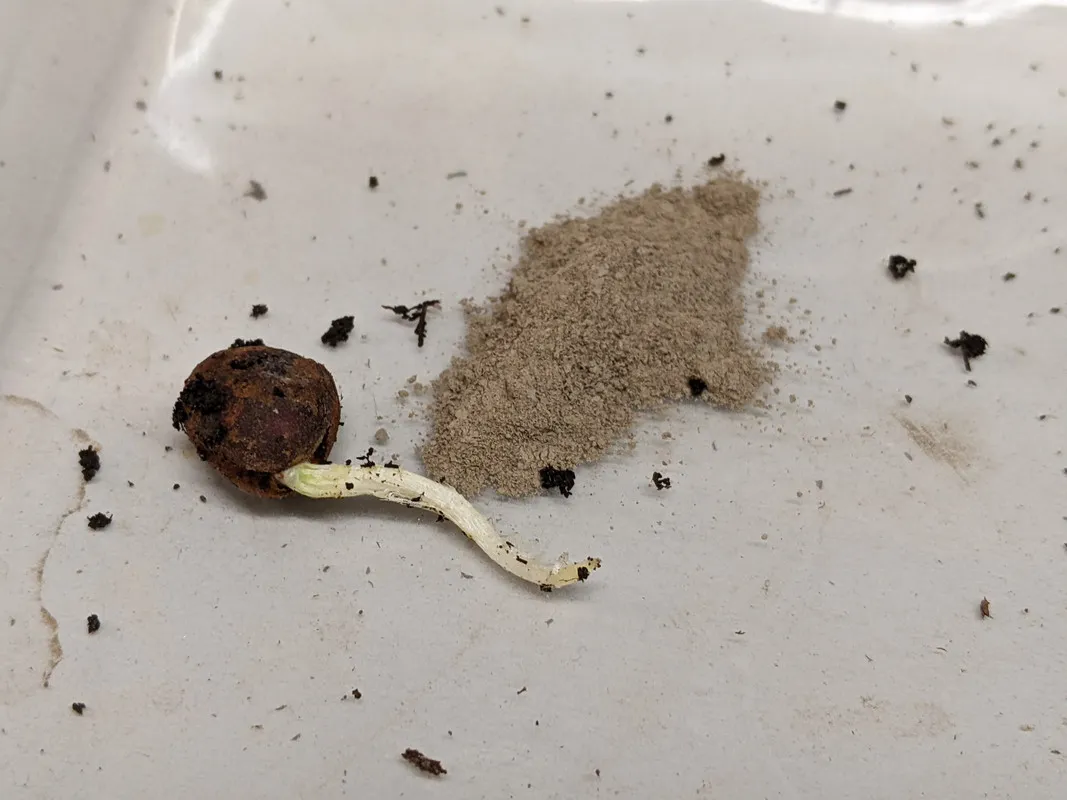
Putting a quarter teaspoon or so of powder on a plate I rolled the seed carefully in the powder.
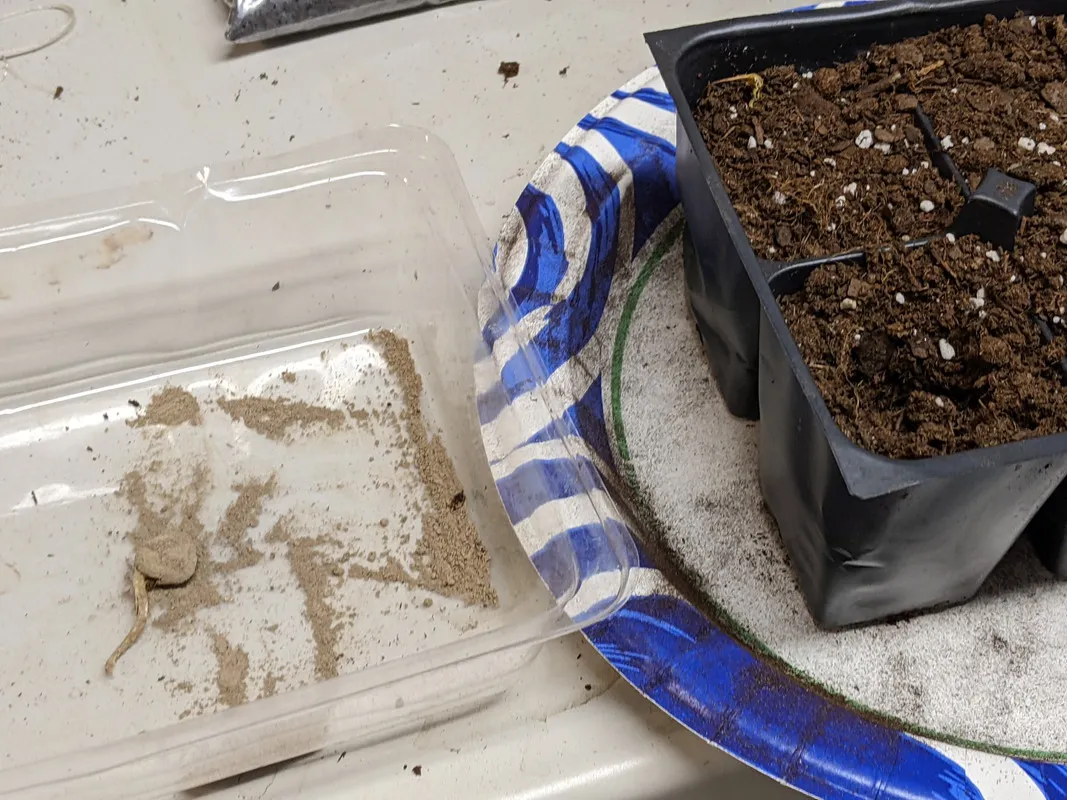
With it looking like a fungal sugar cookie its time to go in the dirt. I sprinkle a little bit of the powder in the planting hole too.

Seed is now in the tray, and given a little water. A week from now I will give it a feeding, specifically for the fungus living in the soil I added.
Fungus food:
I have some cannabis seeds that are a few weeks old now, and they also have been inoculated with the Great White powder. Every seven days I need to feed the fungus growing around the roots. And once a week I also feed my normal plant fertilizers for the seedlings.
My fungus food recipe:
1 gallon of water
1 teaspoon of humic/fulvic acid
1 tablespoon of kelp meal
1 tablespoon of fish oil
1 tablespoon of blackstrap molasses

My basic fish oil... I hear hydrolyzed is better, when I run out I will get the "good stuff".
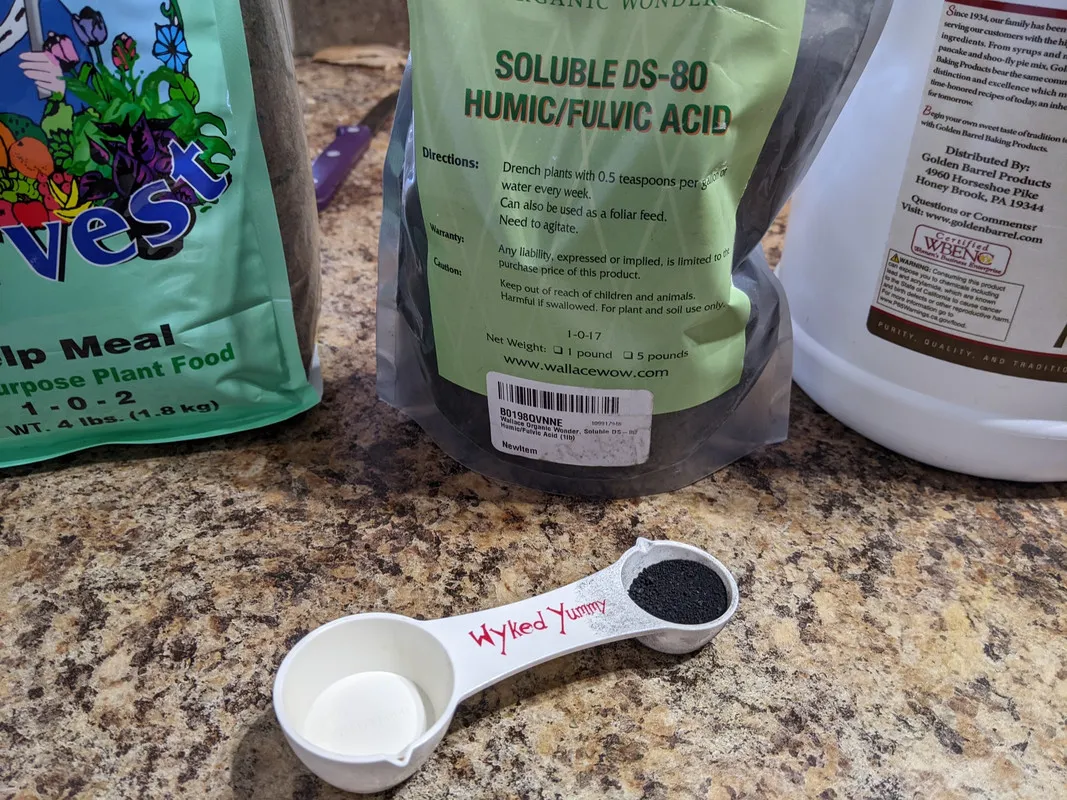
The next two ingredients are dry and mix into the water well.
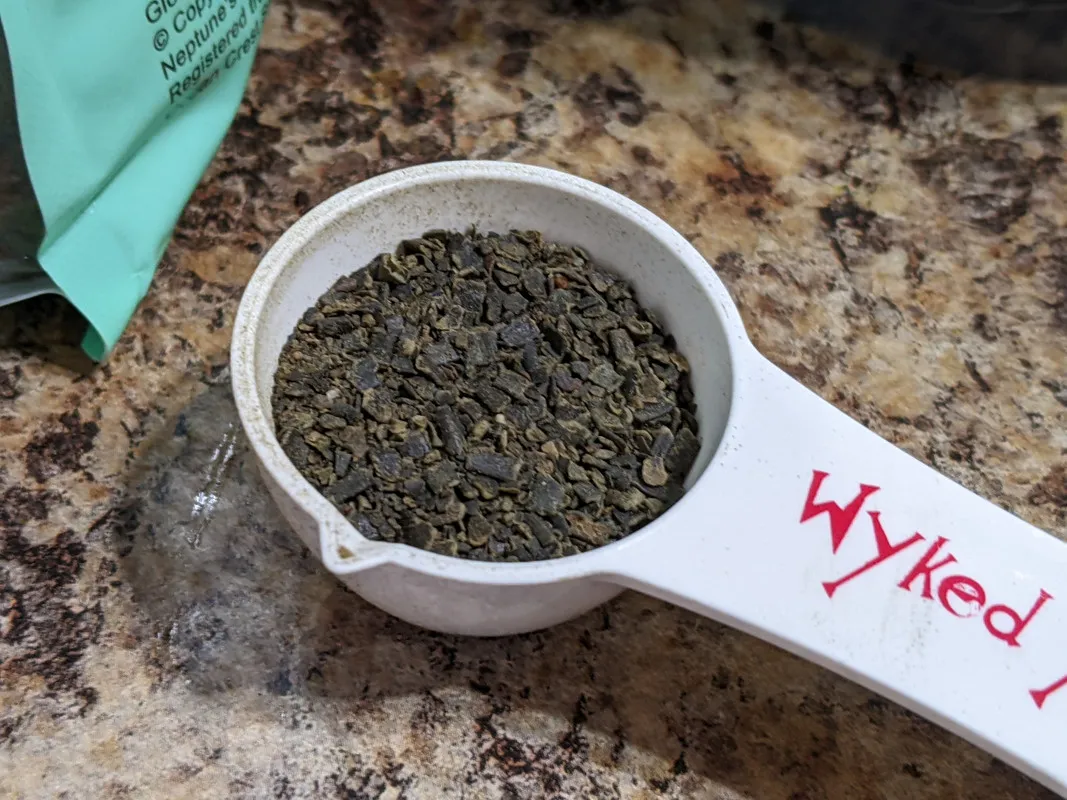
The kelp should also be good for the plants, probably most of this is good for both.
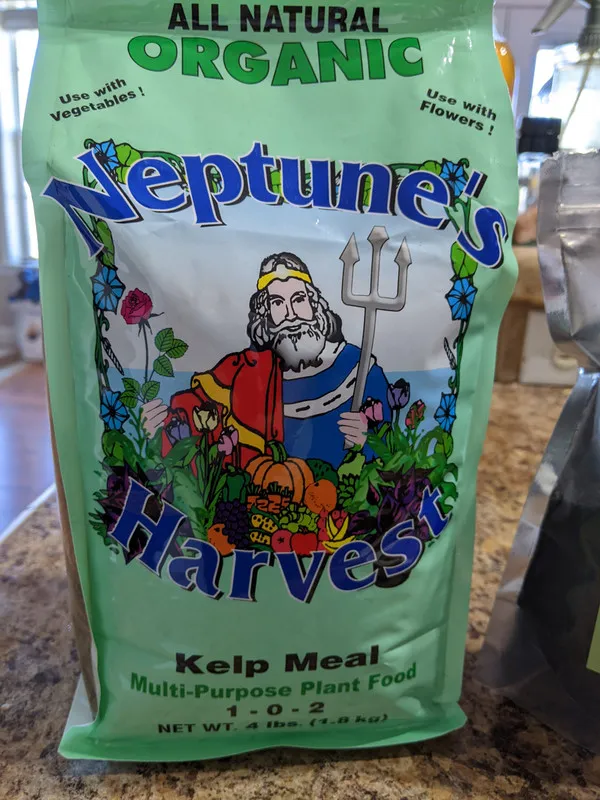
I used all of this because its the same stuff sold as "Myco chum" which is sold to feed this kind of fungi.
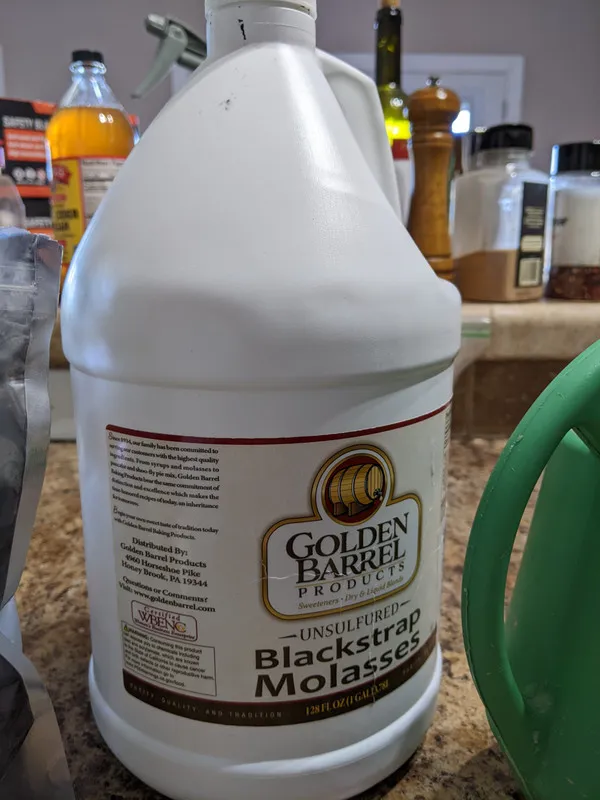
And lastly molasses, the fungi need sugar. And once the host plant is established it will give sugars to the fungus naturally. In exchange the fungus will give its own captured phosphorus, nitrogen, zinc, iron, calcium, magnesium, manganese, and sulfur that it gathers through its own mycelial network to host plants. While also improving water absorption capabilities by the encapsulation of the roots by the fungus.
It all sounds so alien...
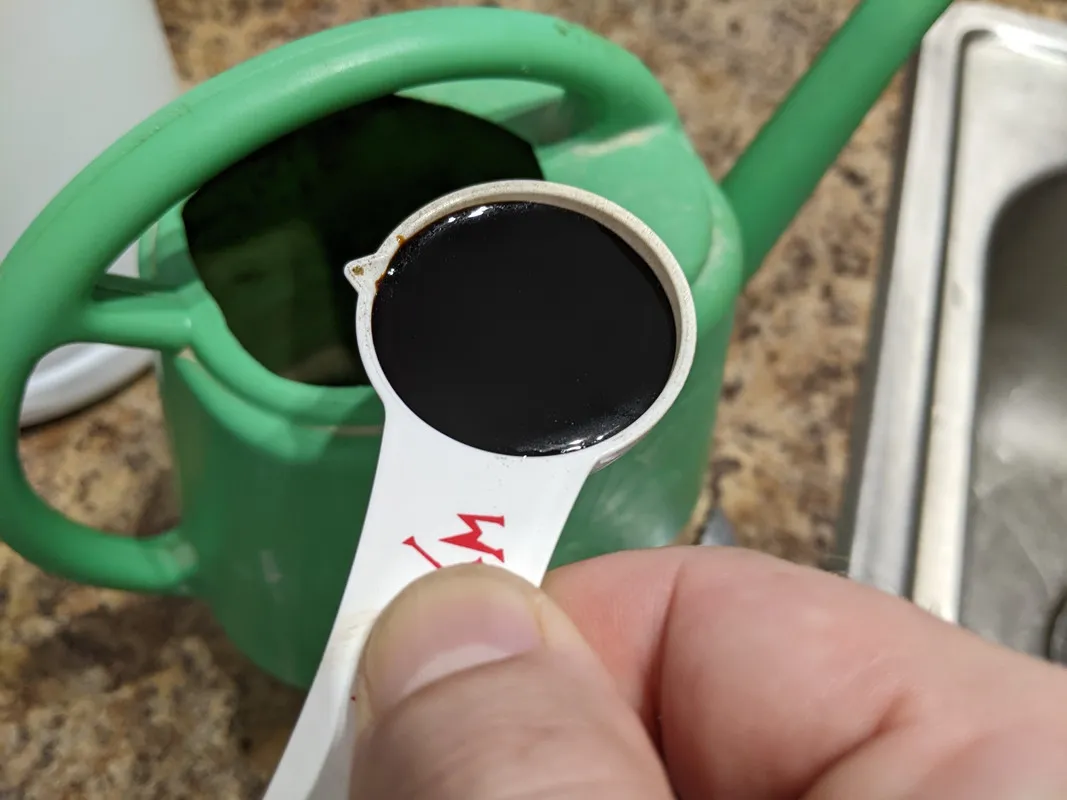
Adding a tablespoon of the sugar will help out both the plant and the fungus. I used to add molasses to my flowering cannabis plants.
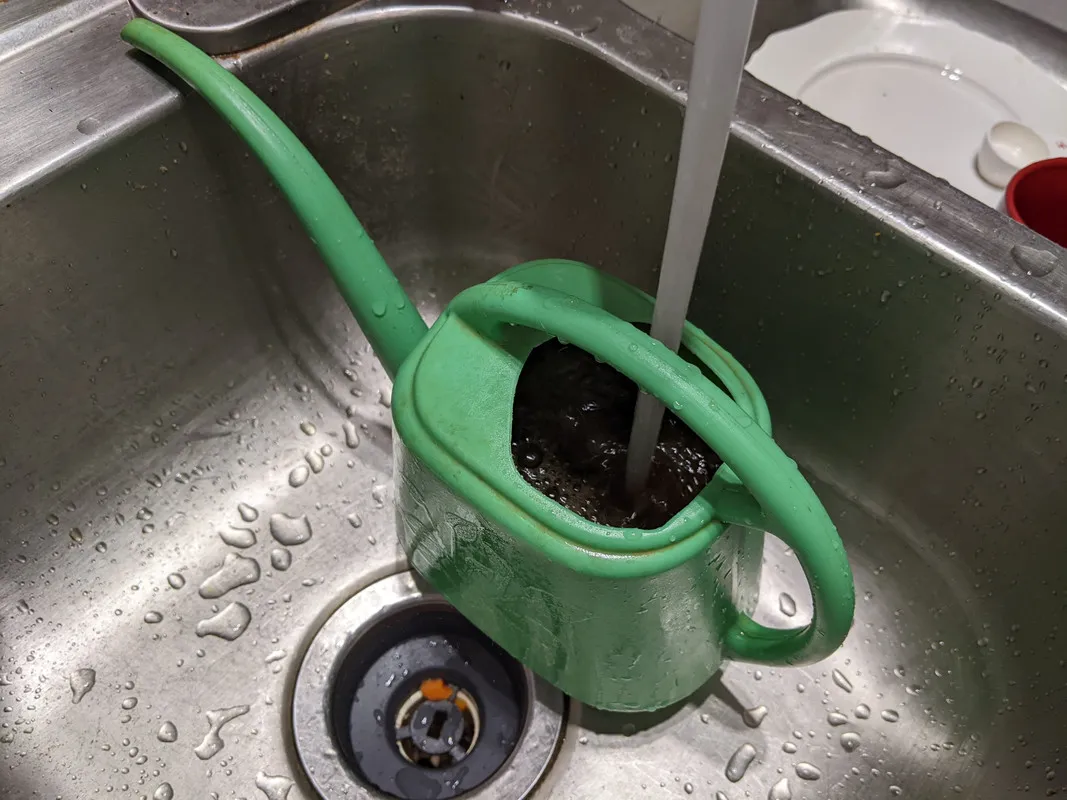
Filling up the jug with warm water it helps to get it all mixed up good.
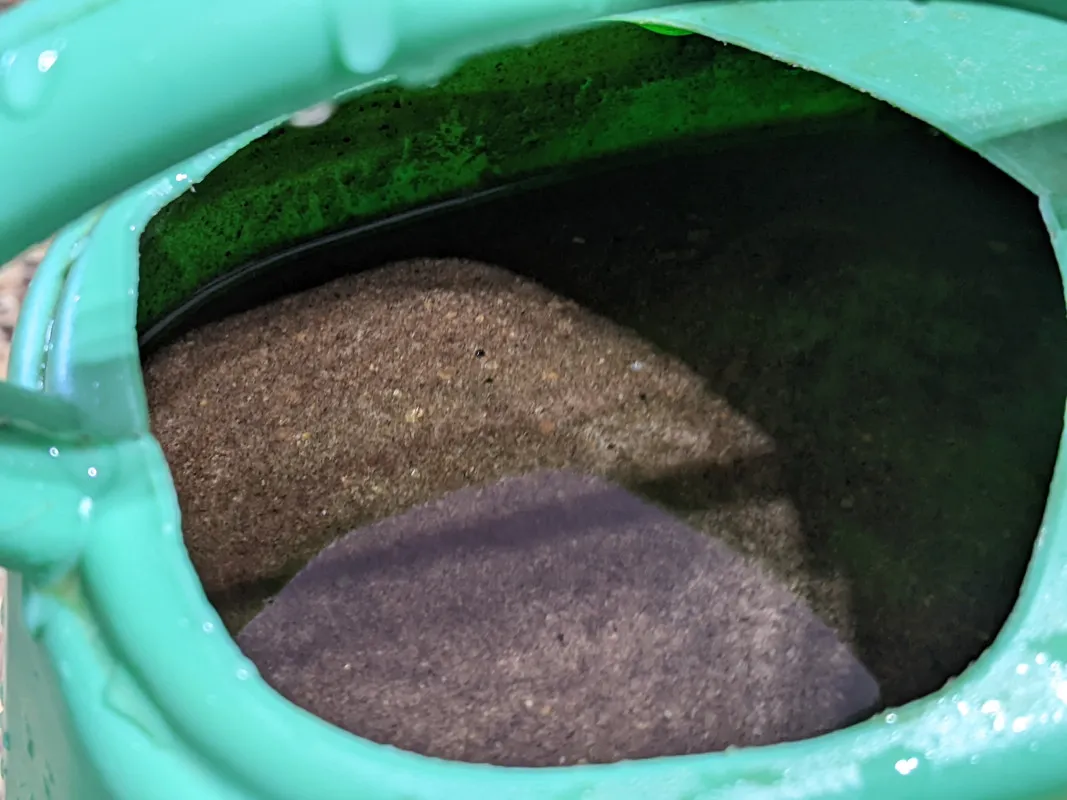
We can see the fungus food inside. Waiting for it to cool before pouring it around the roots of the seedlings.
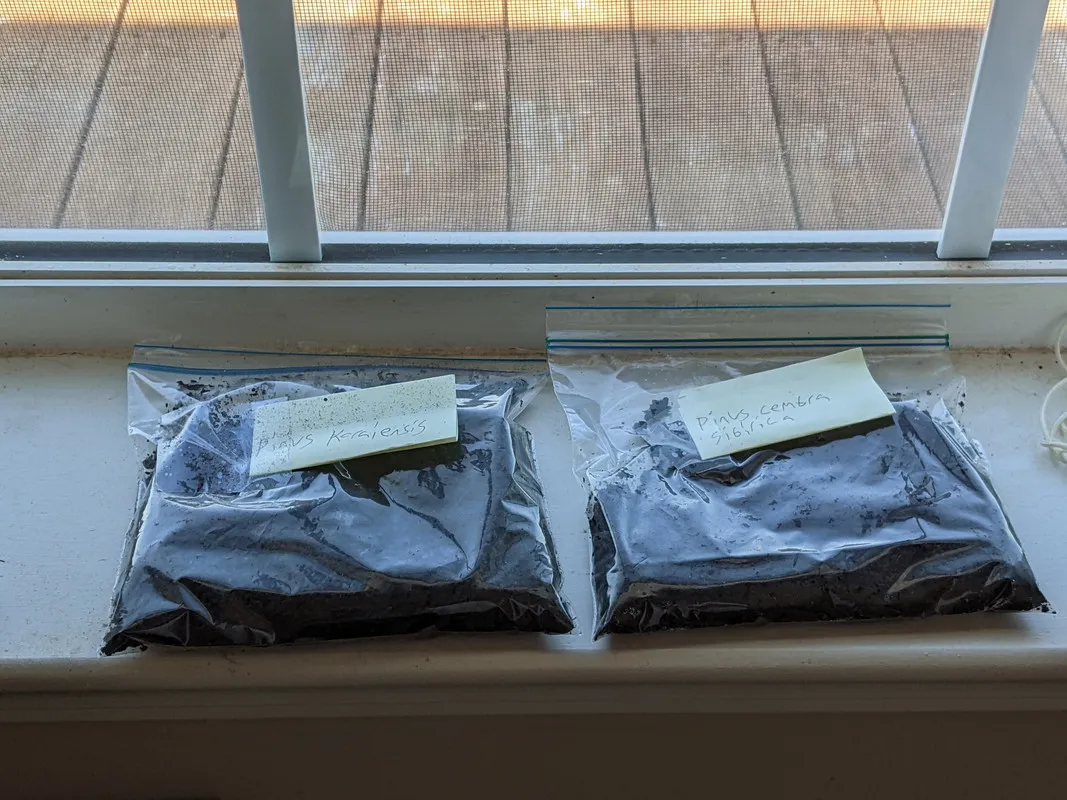
I will wait for more seedlings to sprout, and as soon as they do I will roll them in the powder and add them to the experiment. It takes around a month for the mycelium to establish itself, and then once it goes through host identification it will bond with the host plant and the teamwork between funga and flora will begin.
Special thanks to @feanorgu for mentioning mycorrhizal fungus, after researching it I agreed with him it could greatly help my seedlings. So I am giving it a try now.